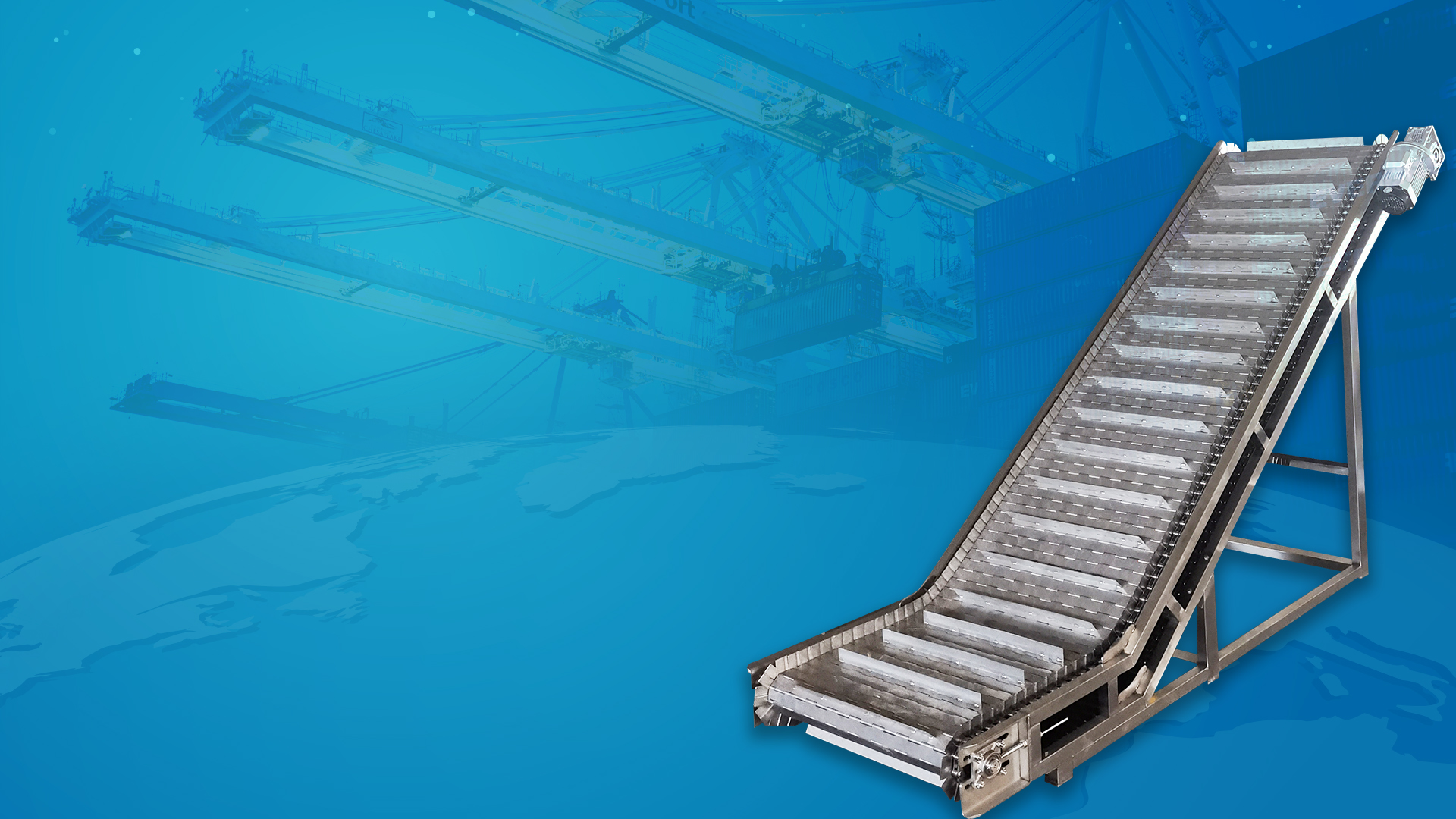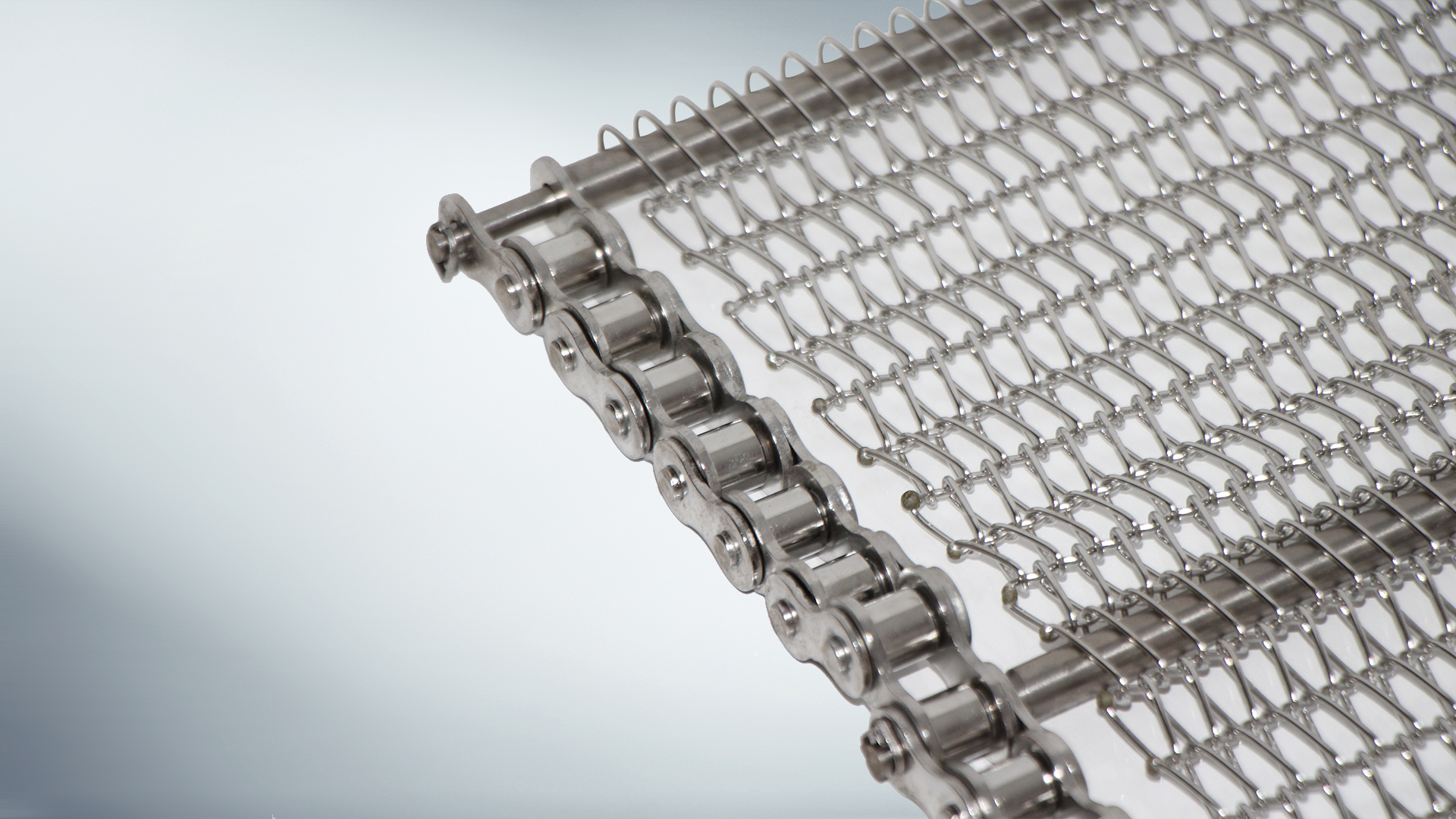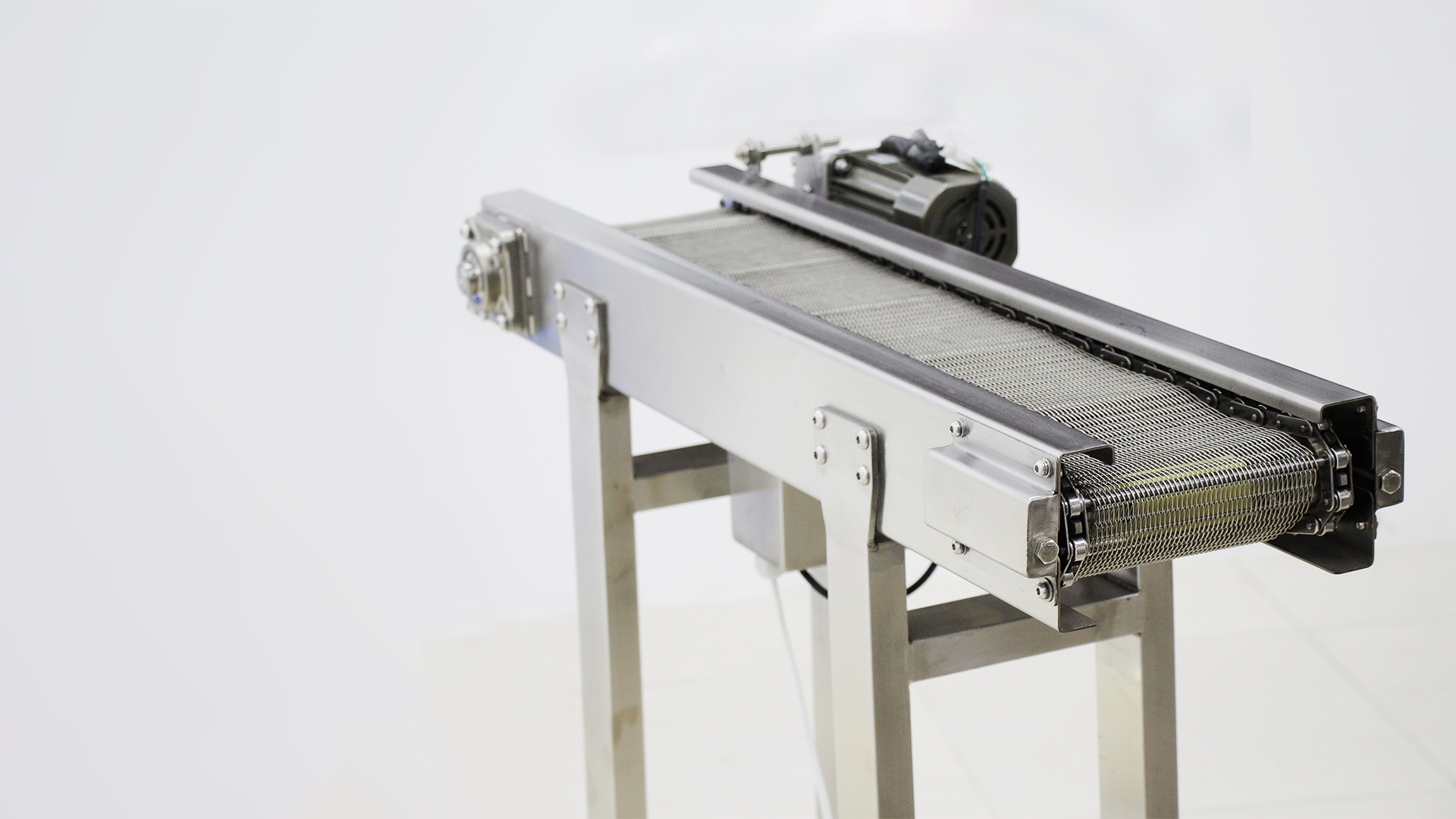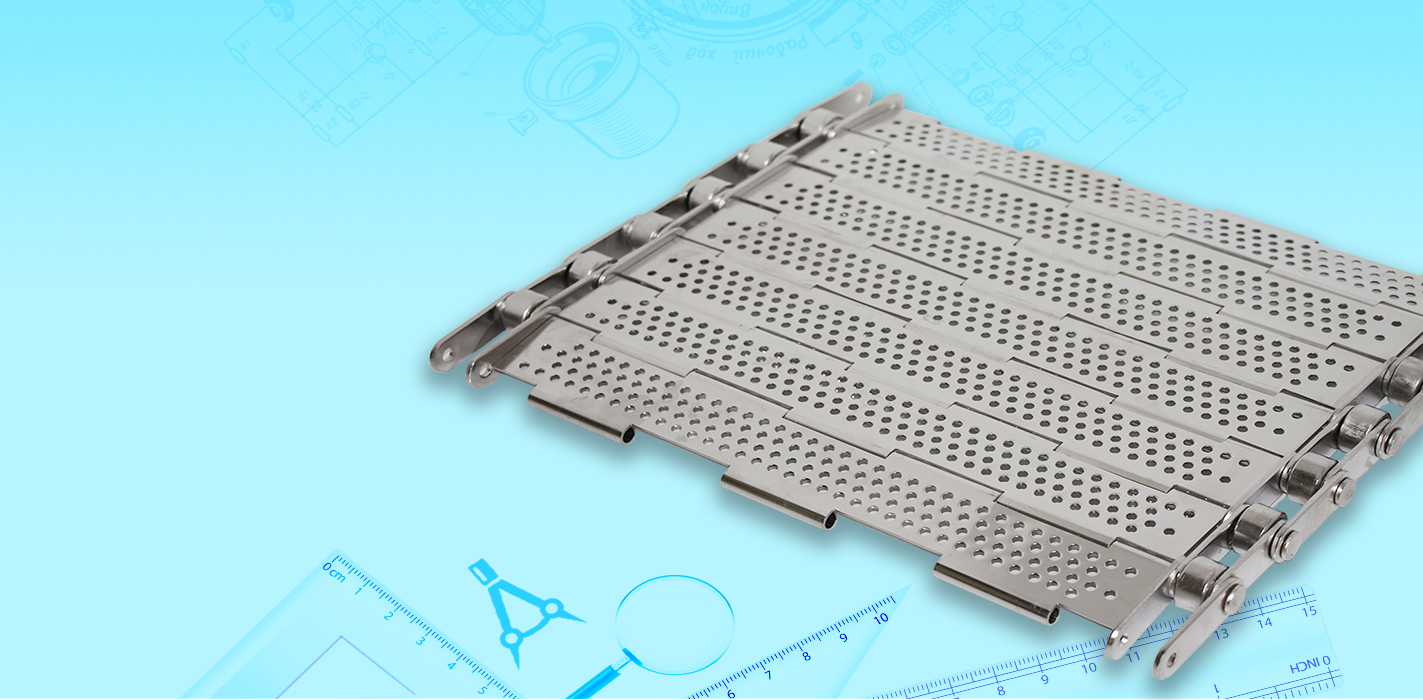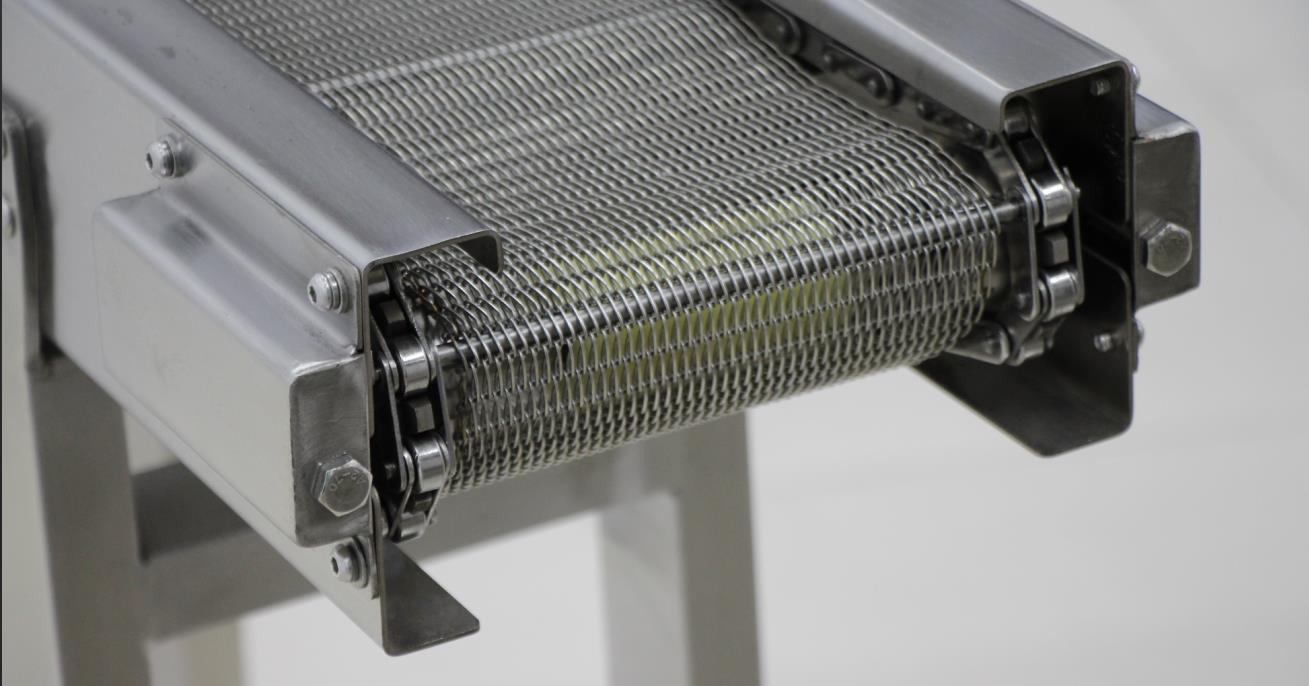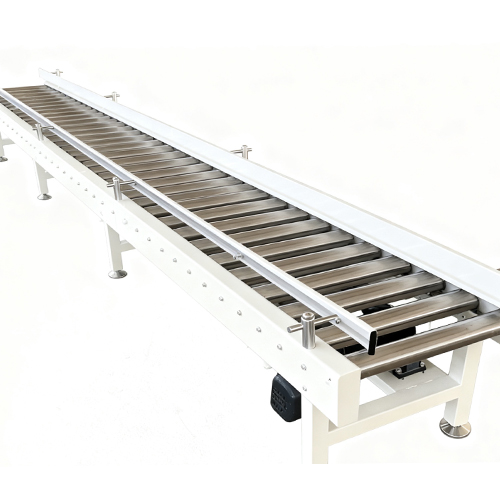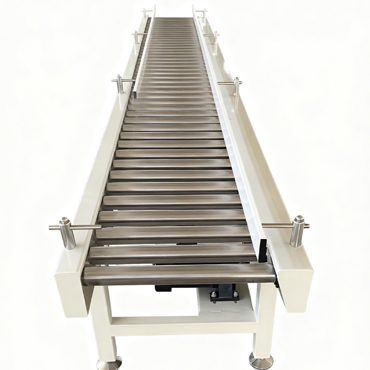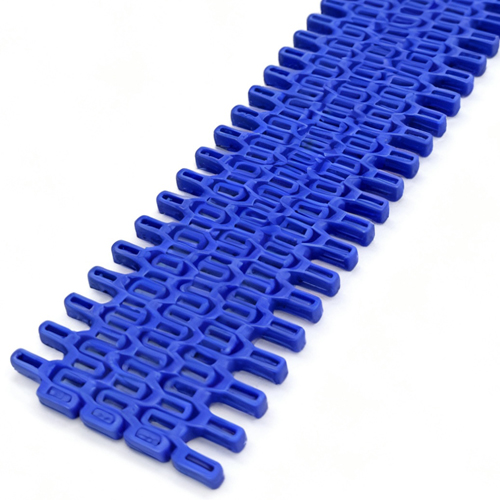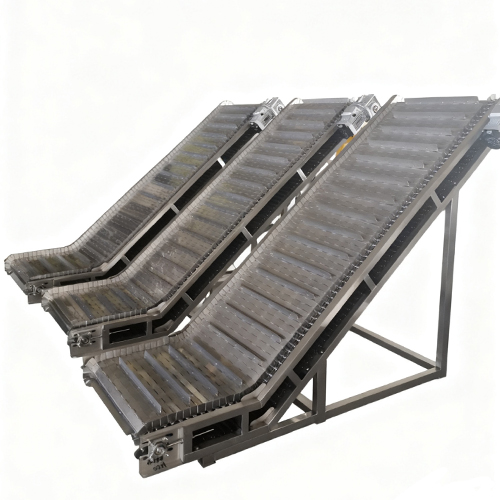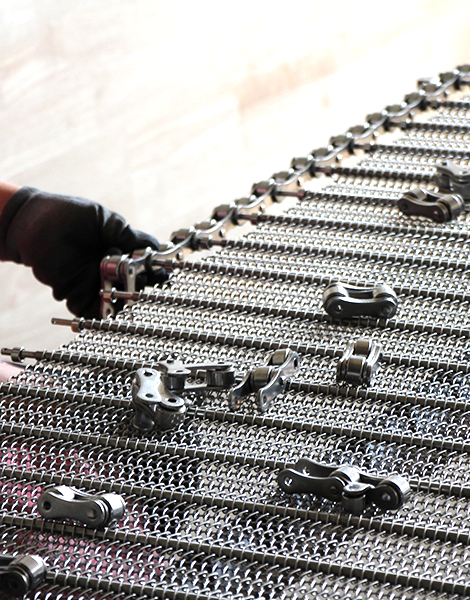One of the most notable features of the chain plate elevator is its fast lifting speed. These elevators typically use advanced transmission systems and drive mechanisms that enable them to lift materials from lower to higher elevations quickly.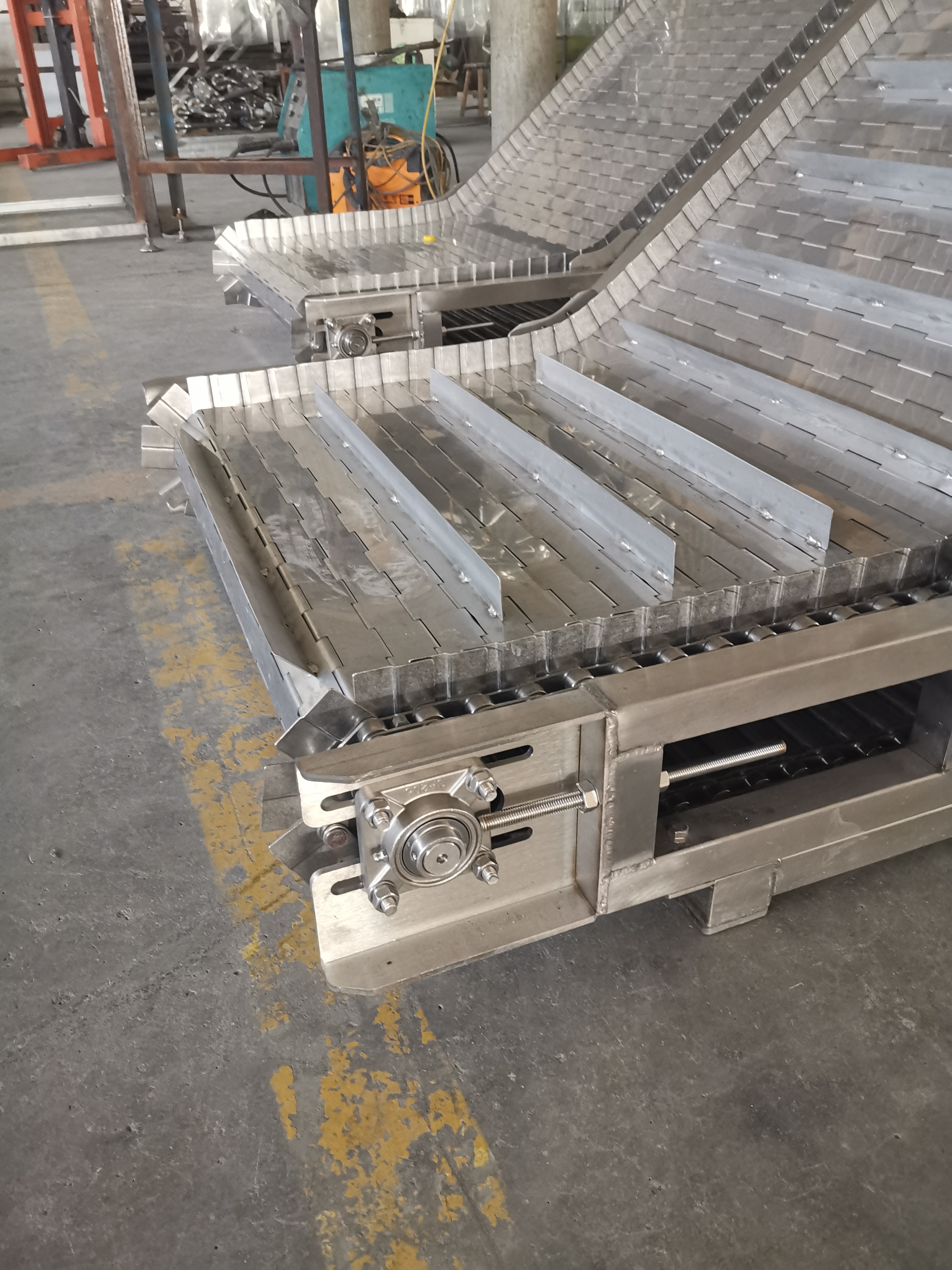
This rapid lifting speed offers numerous advantages. First, in production processes, it significantly increases the efficiency of conveying materials, reduces their dwell time on the conveying line, and accelerates the overall production workflow. For instance, in the food processing industry, the fast lifting speed ensures that ingredients are promptly delivered to the next processing stage, thus maintaining food freshness and quality.
Second, in industries with strict time constraints, such as chemicals and construction materials, the fast lifting speed can meet urgent production demands. They can quickly lift large volumes of materials to designated locations, providing robust support for production continuity.
Additionally, the fast lifting speed helps reduce production costs. Due to the high efficiency of lifting, more materials can be transported within a given time period, which relatively reduces transportation costs per unit of material.
However, the high lifting speed of chain plate elevators requires corresponding supporting facilities and safety measures. For instance, the transmission system must be stable and reliable to prevent equipment failures caused by excessive speed. Simultaneously, measures must be taken to secure and protect materials to prevent accidents and environmental pollution caused by spillage during high-speed lifting.



